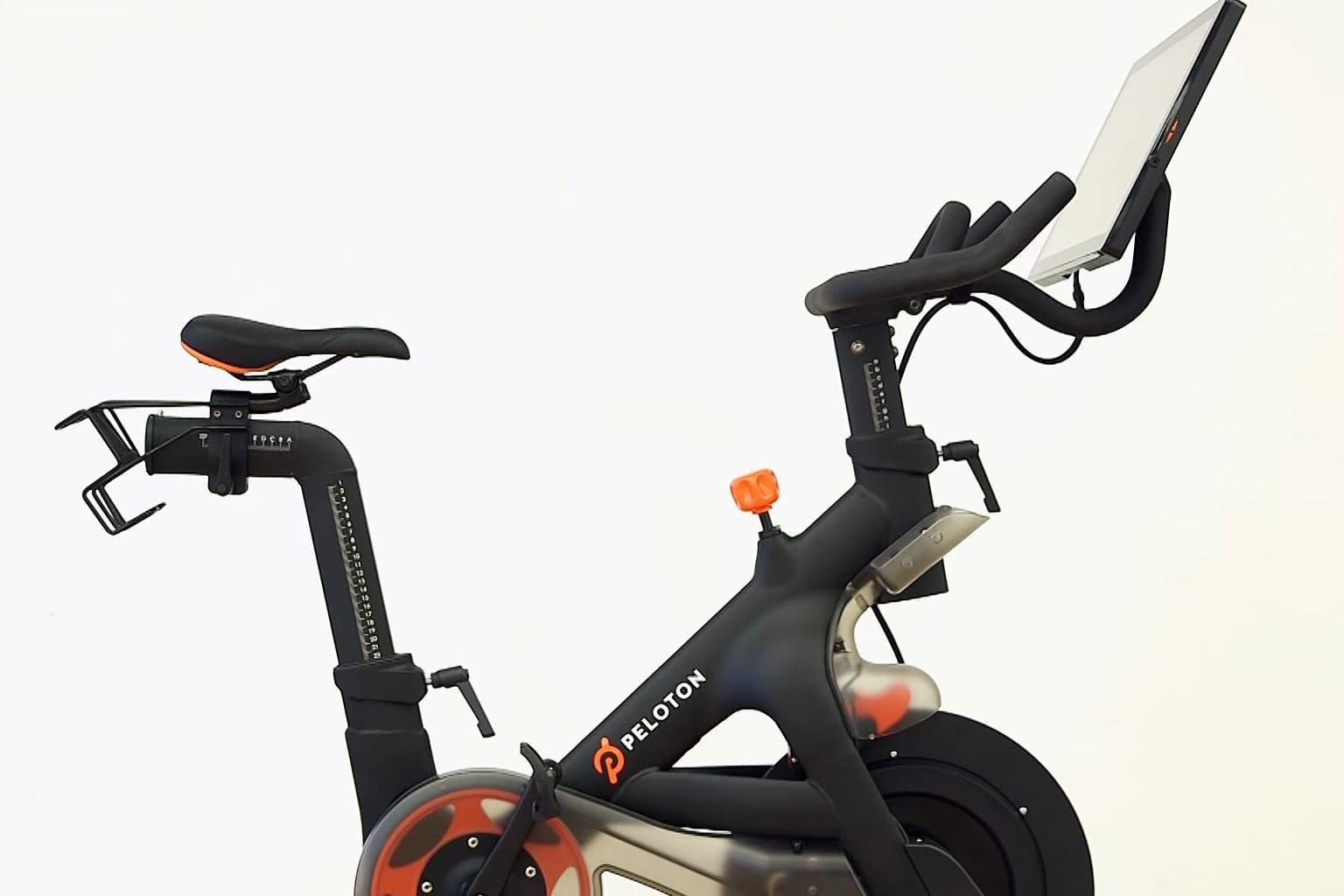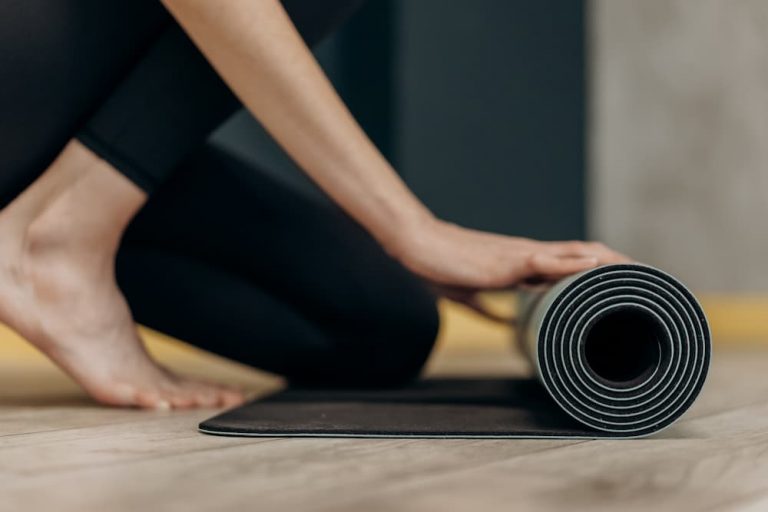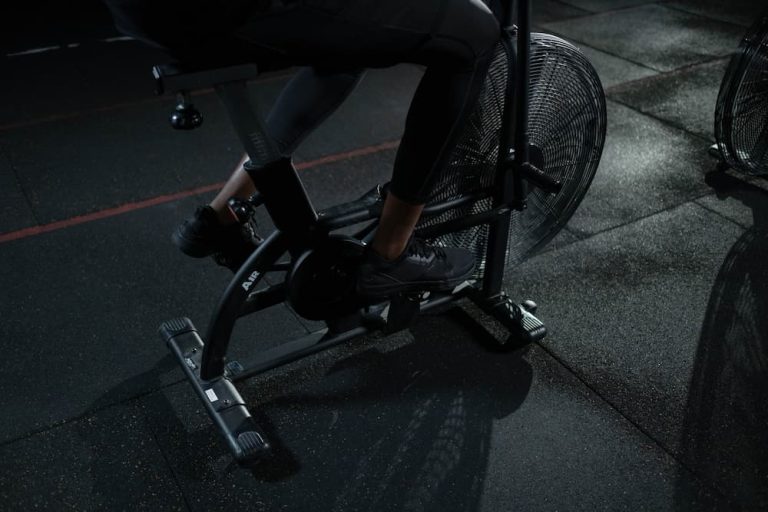What Is A Spin Bike?
When I first discovered spin bikes, it was a revelation in my fitness journey. These stationary bikes, designed for indoor exercise, have surged in popularity, and for good reason. They’re not just any ordinary indoor exercise bikes – they’re engineered to replicate the outdoor cycling experience, minus the challenges of weather and road safety.
Spin bikes stand out with their robust design and unique features that offer an immersive cycling experience. Their growing presence in gyms and homes alike reflects their appeal to fitness enthusiasts of all levels. Whether you’re a seasoned cyclist or someone looking for an effective cardio workout, spin bikes have something to offer.
In this article, I’ll delve into what makes spin bikes a fantastic choice for indoor cycling, from their design and evolution to their diverse benefits and types. I’ll also share insights on selecting the right spin bike and tips for integrating it into your fitness routine. So, if you’re curious about spin bikes or considering adding one to your workout arsenal, you’re in the right place.
Contents
Understanding Spin Bikes

Spin bikes captivated my interest not only for their fitness benefits but also for their intriguing design and functionality.
At first glance, a spin bike resembles a regular exercise bike, but a closer look reveals distinct differences. The frame is more robust, often mimicking the geometry of a road bike. This design offers a more authentic cycling posture and experience.
The heart of a spin bike lies in its flywheel. The heavy, front-mounted wheel creates resistance, simulating the feel of riding on actual roads. Adjusting this resistance is key to customizing workouts, whether you’re aiming for a steep hill climb or a fast-paced sprint.
The handlebars and seat are adjustable too, ensuring comfort and efficiency for various body types.
Unlike traditional stationary bikes, spin bikes typically lack preset programs. Instead, they allow for a more personalized and dynamic workout, reflecting the unpredictability of real-world cycling. It’s this flexibility that has made them a staple in spinning classes, where the challenge and intensity of the ride can be altered on the fly.
Understanding the core elements of a spin bike sets the stage for appreciating their evolution, usage, and benefits, which I will explore in the following sections of this article.
The Evolution of Spin Bikes
My fascination with spin bikes deepened as I explored their history, which is as dynamic as the workouts they offer.
The journey of spin bikes began in the 1980s, originating from the innovative concept of indoor cycling studios. It was a novel idea: bringing the exhilarating experience of outdoor cycling into a controlled, group environment.
The evolution of spin bikes is marked by the development of specialized models tailored for these spinning classes. These bikes were designed to be more durable and offer a more realistic cycling experience than traditional stationary bikes. As spinning classes gained popularity, so did the demand for these specialized bikes, leading to advancements in their design and functionality.
What started as a trend in fitness studios soon found its way into homes. The appeal of spinning transcended the studio environment, leading to the production of spin bikes suitable for home use. This shift not only made spinning more accessible but also revolutionized home fitness, offering a high-intensity workout option that was previously limited to gyms.
Today, spin bikes are a symbol of fitness innovation, continually evolving with technology to offer more immersive and interactive experiences. From basic models to high-tech machines that connect to virtual cycling worlds, spin bikes have come a long way, reflecting the changing landscape of fitness and exercise.
Related reading: Spin Bike vs Stationary Bike Comparison
Benefits of Using a Spin Bike
My journey with spin bikes has been transformative, not just physically but also mentally.
One of the most compelling aspects of spin bikes is their ability to provide a comprehensive workout. They combine cardio and strength training, making them an excellent choice for full-body exercise. While pedaling vigorously, you’re not just working out your legs; your core and upper body engage as well, especially when you mix up positions and intensities.
Another significant benefit I’ve noticed is the low-impact nature of spinning. It’s a kinder option for the joints compared to high-impact activities like running. This makes spin bikes a go-to choice for individuals with joint issues or those recovering from injuries. You can get a heart-pumping workout without putting undue stress on your knees, hips, or back.
Spin bikes also offer the convenience of a workout, irrespective of outdoor conditions. Rain or shine, hot or cold, your spin bike is always ready. This convenience is complemented by the social aspect of spinning, especially in class settings. The energy and motivation that come from spinning with a group are unparalleled, making the workout not just effective but also enjoyable.
Lastly, the mental health benefits of spinning are significant. The combination of physical exertion and the rhythmic nature of pedaling can be incredibly stress-relieving. Many spin enthusiasts, myself included, find it a great way to clear the mind and release endorphins, the body’s natural mood lifters.

Types and Varieties of Spin Bikes
My exploration of spin bikes led me to discover the vast array of types and models available, each with its unique features and benefits. When shopping for this exercise machine, you need to understand these differences are crucial in choosing the right spin bike for your needs.
The primary distinction in spin bikes is between upright and recumbent styles. Upright bikes, which closely resemble traditional road bikes, are the most common in spinning classes. They encourage an active, forward-leaning posture, ideal for intense workouts. Recumbent bikes, on the other hand, have a laid-back design with a backrest, offering more support and comfort, especially for those with lower back issues.
The flywheel system is another critical factor. Heavier flywheels generally offer a smoother, more realistic riding experience akin to an outdoor bike. However, lighter flywheels are easier to handle and can be suitable for beginners or those looking for a less intense workout.
When it comes to materials, spin bikes range from sturdy steel frames to lighter aluminum ones. The choice here often depends on the balance between durability and portability. Higher-end models might also feature additional technological enhancements like digital displays, heart rate monitors, and connectivity to cycling apps for a more interactive experience.
Budget also plays a significant role in the type of spin bike you might choose. While higher-end models offer more features and durability, there are plenty of budget-friendly options that provide a solid workout experience without the bells and whistles.
Getting the Most Out of Your Spin Bike
From my experience, owning a spin bike is just the first step. The real magic happens when you know how to use it effectively. Proper setup, positioning, and form are crucial for a safe and efficient workout.
Firstly, setting up your spin bike to match your body is essential. Adjust the seat height so that when you’re seated, your leg has a slight bend at the knee on the down pedal stroke. The handlebars should be at a comfortable height where you can lean forward without straining your back. These adjustments not only ensure comfort but also reduce the risk of injury.
Once you’re set up, focusing on your form is key. Keep your back straight, shoulders relaxed, and avoid locking your elbows or gripping the handlebars too tightly. Your foot should be flat on the pedal, and your pedaling smooth and controlled. Good form not only enhances the effectiveness of your workout but also minimizes the chance of strain.
Understanding workout structures can significantly enhance your spinning experience. Spin workouts often include intervals, hill climbs, sprints, and steady-state rides. Mixing these elements keeps the workout exciting and challenges different muscle groups. For beginners, starting with shorter, less intense sessions and gradually increasing duration and intensity is a wise approach.
Maintenance is another aspect often overlooked. Regularly checking and tightening bolts, keeping the bike clean, and ensuring the chain or belt is properly lubricated can greatly extend the life of your spin bike. Simple maintenance checks can prevent bigger issues and ensure your bike is always ready for a workout.
Integrating Spin Bikes Into Your Fitness Routine
Incorporating a spin bike into my fitness routine has been a gamechanger. Spin bikes offer flexibility and variety, making them a valuable tool for anyone looking to enhance their workout regimen. Here’s how you can seamlessly integrate a spin bike into your fitness journey.
Firstly, setting realistic and specific goals is important. Whether it’s improving cardiovascular health, building strength, or weight loss, having clear objectives helps tailor your spinning sessions to meet these goals. For instance, if endurance is your goal, focusing on longer, steady-state rides would be beneficial. Conversely, for strength, shorter sessions with higher resistance would be more effective.
Varying your workout routine is crucial to prevent plateauing and maintain motivation. Spin bikes allow for a range of workouts, from high-intensity interval training (HIIT) to leisurely paced rides. Combining different types of workouts throughout the week can yield better results and keep things interesting.
Integrating spinning with other forms of exercise can also enhance your overall fitness. Complementing spinning with strength training, yoga, or outdoor activities can create a balanced fitness routine, addressing various aspects of health and fitness.
Safety should always be a priority. Especially for beginners, it’s advisable to start slow and gradually increase the intensity. Listening to your body and avoiding overexertion can prevent injuries and ensure a sustainable workout routine.
Lastly, tracking your progress can be highly motivating. Many modern spin bikes come with features that track your speed, distance, and calories burned. Monitoring these metrics can provide a sense of accomplishment and encourage you to push your limits.
Integrating a spin bike into my fitness routine has not only improved my physical health but also brought a sense of discipline and enjoyment to my workouts. With the right approach, it can do the same for you.
Related reading: Indoor Cycling Clothing
Frequently Asked Questions
How Much Does a Spin Bike Cost?
The cost of a spin bike can vary widely based on the brand, features, and quality. On the budget end, you can find basic models starting around $200 to $300. These typically have fewer features but are still suitable for a solid workout. Mid-range models, which offer additional features like better flywheel systems and enhanced comfort, can range from $500 to $1,000. For those seeking high-end spin bikes with advanced technology, connectivity, and robust build quality, prices can go upwards of $1,500 to $2,000 or more.
Which are Popular Spin Bike Manufacturers and Models?
Several manufacturers have made a name for themselves in the spin bike market. Some of the popular ones include Peloton, known for their high-tech bikes and interactive classes. Schwinn offers a range of models catering to both home and commercial use. Keiser is recognized for their durable and professional-quality bikes. Among specific models, the Peloton Bike has gained much attention for its integrated screen and live classes. The Schwinn IC4 and Keiser M3i are also highly regarded for their build quality and range of features. Each brand and model comes with its unique set of features, so it’s worth researching and testing a few to find the one that best suits your needs.
Conclusion
Reflecting on what I’ve shared about spin bikes, it’s clear why they’ve become such a popular exercise option. They offer a unique blend of convenience, efficiency, and versatility that suits a wide range of fitness goals and lifestyles. From providing a rigorous cardiovascular workout to being a low-impact exercise alternative, spin bikes cater to diverse needs.
Throughout this article, we’ve explored the evolution of spin bikes, their types, and the numerous benefits they offer. We’ve also delved into how to choose the right spin bike and make the most of it in your fitness routine. Whether you’re a fitness enthusiast or someone just starting their journey, spin bikes offer a practical and enjoyable way to stay active.
The journey of discovering and integrating a spin bike into my life has been rewarding. It has not only enhanced my physical fitness but also instilled a sense of discipline and joy in my daily routine. I encourage you to consider incorporating spinning into your fitness regimen and experience the transformation it can bring.






